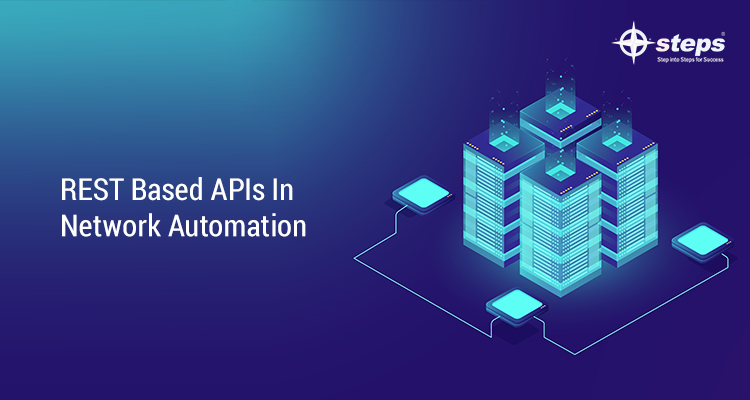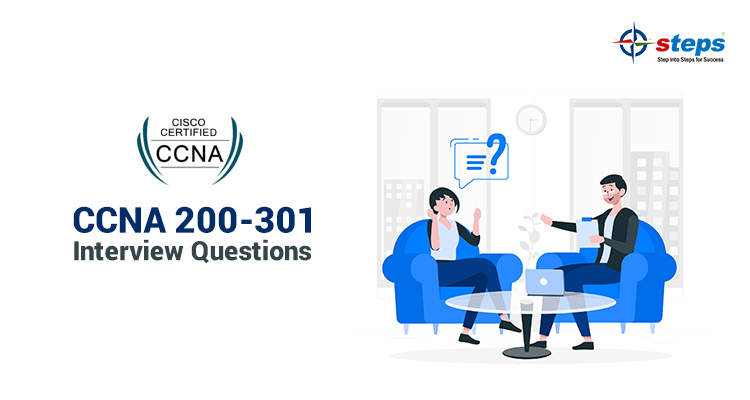REST-BASED APIs In Network Automation

Applications use application programming interfaces (APIs) to communicate. One program can learn the variables and data structures used by another program, making logic choices based on those values, changing the values of those variables, creating new variables, and deleting variables to do so. APIs allow programs running on different computers to work cooperatively, transferring data to achieve some goal. In an API software world, some applications create an API, with many other applications using (consuming) the API.
Software developers add APIs to their software, so other application software can make use of the first application’s features. When writing an application, the developer will write some code. But the developer may do a lot of work by looking for APIs that can provide the data and functions, minimizing the amount of new code that must be written. As a result, much of modern software development centers on understanding and learning new APIs, along with the available libraries (pre-built software that can be used to accomplish tasks rather than writing the equivalent from scratch). Several types of APIs exist, each with a different set of conventions to meet a different set of needs.
The CCNA syllabus mentions one type of API—Representational State Transfer (REST)—because of its popularity as a type of API in networking automation applications.
REST APIs include the attributes defined below.
- Client/Server architecture
- Stateless operation
- Clear statement of cacheable/uncatchable
Client/Server Architecture
REST applications use a client/server architectural model like many applications. Initially, an application developer creates a REST API. That application, when executing, acts as a REST server. Any other application can make a REST API call (the REST client) by executing some code that causes a request to flow from the client to the server. For instance, in Figure.
1. The REST client on the left executes a REST API call, which makes a message sent to the REST server.
2. The REST server on the right has API code that considers the request and make a decision on how to reply.
3. The REST server sends back the reply message with the corresponding data variables in the reply message.

REST API Is Used In Software Defined Networking
A controller, or SDN controller, centralizes the control of the networking devices. It has mainly North Bond interfaces and South Bond Interfaces. The REST APIs JAVA/Python Applications is running both client and server. By using NBIs the client and server communicated by the HTTP CRUDE operations.
In the above figure, ideas with a REST API. The application runs on a host at the top of the figure. In this case, the host sends an HTTP GET request to a particular URI. The HTTP GET is like any other HTTP GET, even like those used to retrieve web pages. However, the URI is not for a web page, but rather identifies an object on the controller, typically a data structure that the application needs to learn and then process.
For example, the URI might identify an object that is the list of physical interfaces on a specific device along with the status of each. And, the controller sends back an HTTP GET response message with the object. Most REST APIs will ask for and receive structured data. That is, instead of receiving data that is a web page, like a web browser would receive; the response holds variable names and their values, in a format that can be easily used by a program.
The common formats for data used for network programmability are JavaScript Object Notation (JSON) and extensible Markup Language (XML). Similarly, the other Crude operations are taking place in this way.
Any type of network can use network automation. Hardware- and software-based solutions enable data centers, service providers, and enterprises to implement network automation to improve efficiency, reduce human error, and lower operating expenses. To understand more in depth and practice correctly, it is always better to get in touch with the latest CCNA 200-301 with network automation basics from best CCNA training institute in Kochi or so.
You can learn about basics network automation with deep networking concepts in CCNA current syllabus 200-301 from best CCNA training institute in Kerala. With the correct guidance and lessons, you can absolutely be in your destined career spot.


